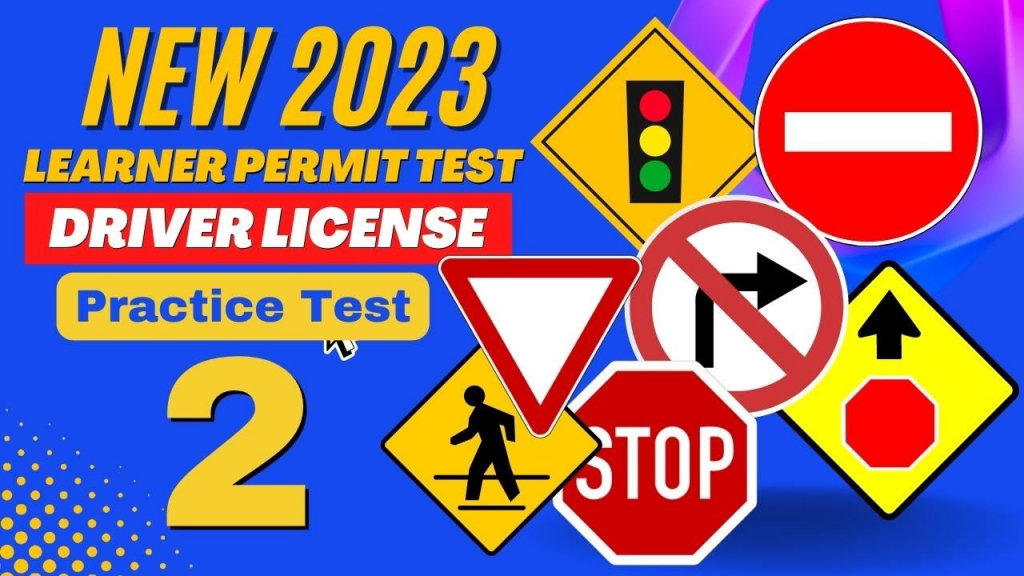Mastering the Road: Driving Test Practice for Beginners
For new drivers, the driving test is a crucial milestone on their journey to becoming independent and responsible road users. Driving test practice plays a vital role in preparing aspiring drivers for the real test, instilling confidence, and building essential driving skills. In this article, we explore the significance of driving test practice for new drivers and how it contributes to safe and skilled driving.
Building Confidence:
Driving test practice provides new drivers with an opportunity to familiarize themselves with the vehicle and the road environment. Through consistent practice, they gain confidence in handling various driving situations, making it easier to face the actual test with self-assurance.
Mastering Vehicle Control:
During driving test practice, new drivers learn to control the vehicle smoothly and confidently. Practice sessions focus on accelerating, braking, steering, and maneuvering safely, helping drivers to develop better control over the car.
Understanding Road Rules:
Driving test practice reinforces the understanding of road rules and traffic regulations. This includes obeying speed limits, yielding right-of-way, following road signs, and using proper signaling techniques, which are essential for safe driving.
Identifying Weak Areas:
Through practice sessions, new drivers can identify their weak areas and focus on improving them. Whether it’s parallel parking, merging onto highways, or making left turns, targeted practice helps address specific challenges and build competence in those areas.
Enhancing Observation Skills:
Driving test practice emphasizes the importance of observation and situational awareness. New drivers learn to scan the road effectively, anticipate potential hazards, and make informed decisions while driving.
Mitigating Test Anxiety:
Driving test practice helps alleviate test anxiety by creating a familiar and controlled environment. Familiarity with the test route and the driving conditions reduces stress and allows the driver to albert driving test practice on driving rather than worrying about the test.

Practicing Defensive Driving:
Driving test practice introduces new drivers to the concept of defensive driving. They learn to anticipate the actions of other road users, avoid aggressive behaviors, and adopt a cautious approach to reduce the risk of accidents.
Gaining Real-Life Experience:
Even after completing formal driving lessons, new drivers may not have experienced all driving scenarios. Driving test practice exposes them to real-life situations, such as navigating busy intersections or handling adverse weather conditions.
Strengthening Decision-Making Skills:
During practice sessions, new drivers encounter various scenarios that require quick decision-making. They learn to assess the situation, prioritize safety, and take appropriate actions on the road.
Creating Responsible Drivers:
Ultimately, driving test practice contributes to creating responsible and skilled drivers. By instilling good driving habits from the beginning, new drivers are more likely to carry these habits into their future driving experiences.
Conclusion:
Driving test practice is a critical phase in the journey of new drivers. It not only prepares them for the driving test but also equips them with essential skills and confidence for a lifetime of safe and responsible driving. Consistent practice, under the guidance of experienced instructors or mentors, is the key to mastering the art of driving and becoming a confident and competent road user.